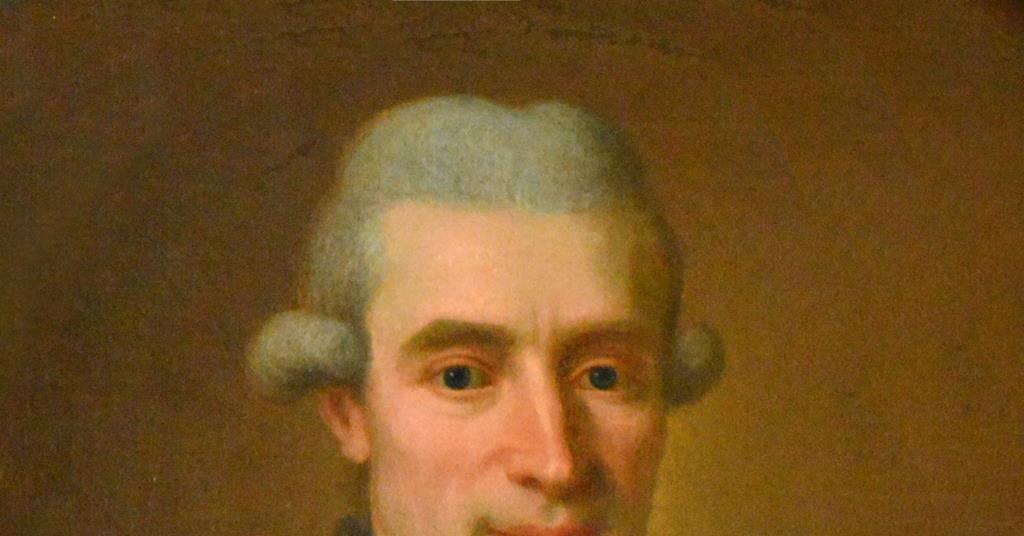He succeeded in obtaining pure nickel and tungsten: Who is Torbern Olof Bergman?
He classified minerals according to their chemical properties:

(1735-1784) Swedish chemist and naturalist. He did important work in the field of chemical analysis and introduced the concept of chemical affinity. He was born on March 20, 1735, in Katrineberg in Vaestmanland. At Uppsala University, at his father's request, he studied theology and law, than natural sciences, and became a student of Linnaeus. In 1761, he lectured at the same university as an associate professor, and in 1767 as a professor of chemistry. Bergman, who was elected as a member of the Royal Society in 1765, and of the French Academy of Sciences and the Swedish Academy in 1782, left his post at the university in 1780 due to his poor health and died of tuberculosis in Medevi on 8 July 1784.
Torbern Olaf (Olof) Bergman (KVO) (20 March 1735 – 8 July 1784) was a Swedish chemist and mineralogist noted for his 1775 Dissertation on Elective Attractions, containing the largest chemical affinity tables ever published. Bergman was the first chemist to use the A, B, C, etc., system of notation for chemical species.
Bergman, who made his first studies in the field of physics and natural sciences, studied aurora, the electrification (pyroelectricity) phenomenon that occurs with temperature change and the network structure of crystals, learned chemistry almost by himself and was one of the most ardent defenders of the phlogiston theory. He thought that the combustible substance, which he thought was present in all combustible materials, was hydrogen. His belief in this view, later proven false by Lavoisier's research, did not prevent Bergman from making important contributions to chemistry, however.
Developing new methods, especially in the field of chemical analysis, Bergman is one of the pioneers of quantitative analysis by weighing (gravimetric). He made the quantitative analysis of many mineral compositions by precipitating the element to be determined in the compound as a salt and weighing the dried precipitate with a very sensitive balance. Bergman, who examined the structure of alum and lactic acid with these methods, obtained pure nickel in 1775 and insulated tungsten in 1782, gave special importance to the classification of minerals as a student of Linnaeus and classified minerals according to their chemical properties rather than their visible properties.
Bergman's most important contribution to chemistry is the development of the concept of "chemical affinity" and the preparation of a table that classifies elements according to the degree of affinity between them. Bergman, who started to investigate this subject, which Boerhaave was also interested in previous years, observed that some elements and compounds tend to combine with each other regardless of the conditions, and investigated the reasons why a substance reacts rapidly with a second substance but does not show the same interest towards a third substance. He finally thought that there was a certain "chemical or selective affinity" between the substances. Thus, he classified about 59 substances according to their chemical affinity for each other. For example, he classified bases based on the degree of affinity for acid and acids for a base. This table, which remained valid until the beginning of the 19th century, brought a different approach from the previous classifications by giving weight to the chemical properties of the substance rather than the physical properties, and greatly influenced the later classification studies.
WORKS (mainly):
- Disqmsitio de Attractionibus Electivis, 1775, (“A Treatise on Selective Interest”);
- De Analysi Aguarum, 1778, (“On the Analysis of Water”).
